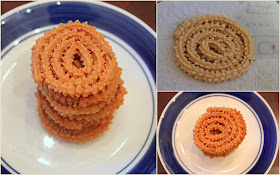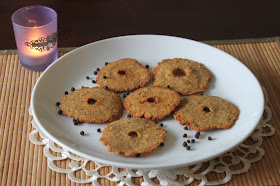A "betty" is apparently an old-fashioned baked fruit dessert prepared with crisp bread cubes.
I was perusing through Better Homes and Gardens New Cook Book, which happens to be the one and only cook book owned by my husband from his bachelor days. How the book came to his possession is a funny story in and of itself, but the fact that it has faithfully kept its place on the bookshelf, is funnier still. The book has a lot of American classic recipes, so I have referred to it on many occasions.
We went on a merry apple picking expedition a month ago, and I was confident that I would put the two generous bags of apples we plucked to good use. And I did, while internally repeating the saying - "An apple a day, keeps the doctor away". But like losing those last few pesky pounds, it became a task to finish the last bunch of apples. I was running out of ideas, so I flipped through the above said book, and landed on a recipe called "peach-berry betty". Betty? Intrigued, I went through it, and it seemed easy and different; it almost wholly showcases the fruit without the addition of too much sugar, so I tried it out by using apples, and everyone quite liked it.
It is a simple, comforting, and spicy dessert for a Fall evening. The smell of baked apples and spices evokes the flavors of Fall like no other. Who needs scented candles, when you can bake and eat this aromatic dish.


















































